The last few weeks had been really hard for mountain lovers, be it Everest mishaps or Buran and Rupin pass accidents. The weather played an important role proving that we cannot ever rule the mountain world. High altitude trekking is a mini trailer of the scary mountain world. One gets to enjoy the mind-blowing beauty of the Himalayas and experience raw life. But, that does not mean, the danger of the snowy slopes are not there. Of course, in the trailer also there are minor yet frightful versions of some dangers. And that is what even trekking makes it thrilling!
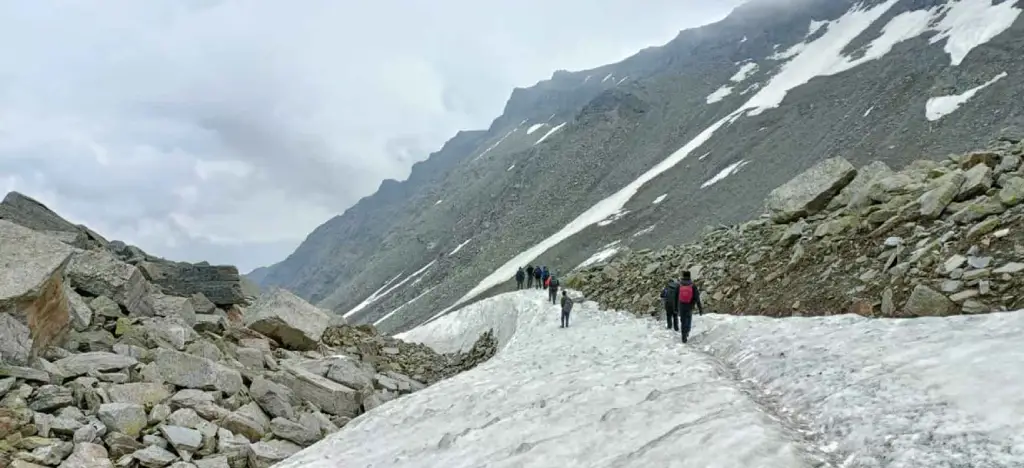
Buran Ghati and Rupin Pass had been in the news for its unsafe conditions even before it was opened for the season. Unlike every other speculation, we proved this wrong by giving back-to-back successful batches. We do not say the harsh weather causing so many accidents and 2 deaths did not affect us. It did, yet we managed to keep all our trekkers safe by simply following some rules. They are,
- Big team, big family: We always keep enough team members to tackle tricky situations. Along with one Trek Leader, one Assistant Trek Leader, and one Local guide, we have enough support members at the base camp. Bringing back AMS-affected trekkers, trekkers wanting to back out, bad weather conditions could be anything, we have enough force to take care of every trekker. If sometimes our trekkers cannot come down safely, we immediately call our support members from the base to our rescue.
While hiking, the pace of all the trekkers is never the same. 3 members at the service make it easy to manage the different walking pace. Basically, we have a big happy family to solve the problems.
- Staying connected: Well, this is not always possible. Communication through a walkie-talkie, mobile phone, etc. works sometimes, sometimes not. Yet, we always try to stay connected with our base team. Another, trick for this is to keep all the camps at a proper distance. In case of emergency, our team members must be able to go back to the lower camps for help. Hence, the distance and trail must be such that, our member reaches in less possible time and vice-versa. If you doubt this, let me tell you, team members are already fit, so the time for them to cover the same distance is quite less compared to the trekkers. In some way, we are connected.
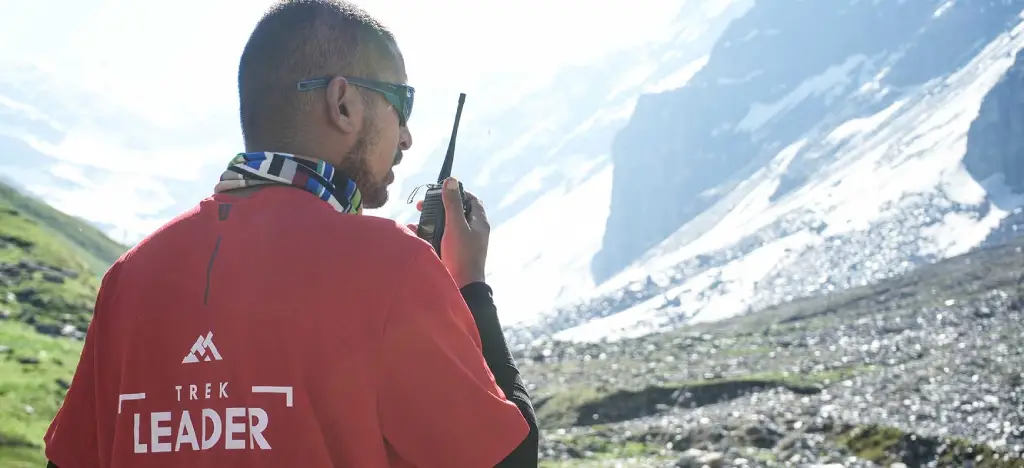
- As the weather gets bad, we get good: Bad weather, good weather, weather...we keep hearing so much about the weather. Of course, it decides the ultimate game. But with good technical knowledge, one can avoid mishaps of bad weather. Now, whiteouts are common when the weather worsens. We usually rope up all the members together so that they remain connected. We also do route marking so that everybody can find the trail, even if lagged behind. If required we call our team from the base for help. We make sure all our trekkers are together and walk in a group. We did the same for Buran Ghati and Rupin Pass in the last few days.
Apart from that, we carry an Oximeter to check the Oxygen levels and pulse rate of the trekkers. We also carry an oxygen cylinder in case of emergency situations. We strictly follow the rule of oxygen, If it falls for anyone we immediately take that trekker down.
- We love snow: Most of the trekkers who go for treks do so because they wish to enjoy the snow. However cold it is, people rush to the snow mountains. Then why keep trekkers away from the snow? Snow levels above the acceptable range are very dangerous, but if they are at a safe level we should not run from it. Walking on snow is a tedious task, but there are techniques to tackle it. When it is risky we switch to technical equipment for safety. Roping up, using crampons, ice axes, and all the mountaineering tools make it feasible to walk on the snow. Also, when required we also keep a separate technical team for the assistance of trekkers. That team opens the route and helps trekkers cross the snowy patch. We have followed this protocol for Pangarchulla, Buran Ghati, and Rupin passes for every batch.
- Coordinated team: Every team member cook, helper, porter, local guide, trek leader, the base camp manager has a unique role. They have the skills to accomplish their tasks. Finding out the risks of any trail and picking out another safe route is the job of the local guide.
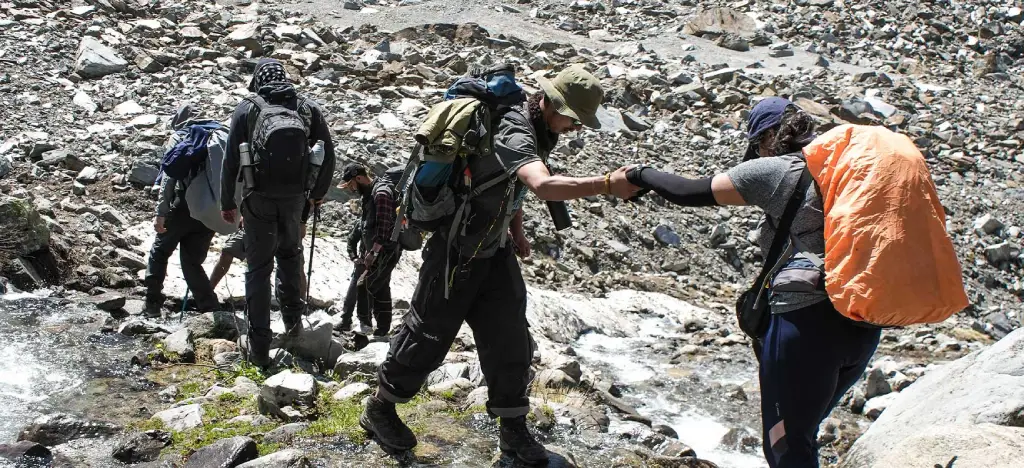
We used this immense knowledge of our local guides for the Gomukh Tapovan trek which was recently flooded with rock fall. The rockfall was due to animals roaming at the top. With prior information, we took immediate actions like sending someone ahead to watch out the rock fall, finding out the time when the animals are active, etc. All these prevented our team and trekkers from being injured.
We are not boasting ourselves nor are we trying to say everybody must choose us. Our point is, that mountains are unpredictable but good management makes them predictable to a limit. With good knowledge, skills, experience, and communication the dangers can be avoided. We should take calculated risks. Surprisingly, in the same weather conditions where many faced problems, we overcame them. Most importantly, we kept our trekkers safe. We are sure our trekkers have a huge memory of coming out of the bad weather conditions victoriously.
Having said that, some points to remember before you venture out on any trek.
- Choose your organization wisely. Money really does not matter. You may save a few thousand in trek costs, but can that save your life? Also, do not invest in cheap and poor-quality gear.
- Study high-altitude trekking. In case of bad weather, ask your trek coordinator or trek leaders about the precautions
- Be mentally prepared that the summit is not everything. Remember, coming home is mandatory
- Be physically prepared. Try to achieve the best out of your body to enjoy the trek to the fullest.
- Obey your Trek Leaders. Whether it is going back or moving ahead, whatever the Trek Leaders decide is for your safety, so obey them.
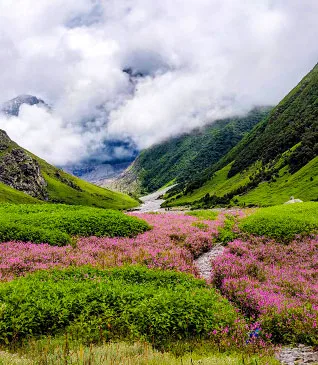
.webp)
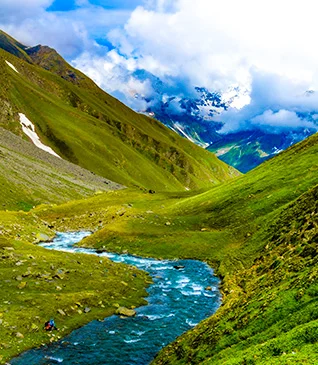
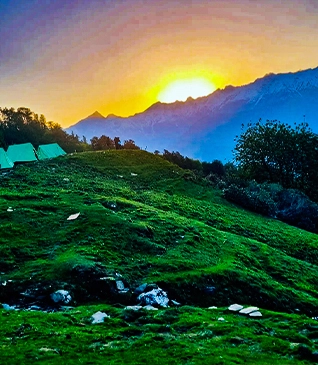
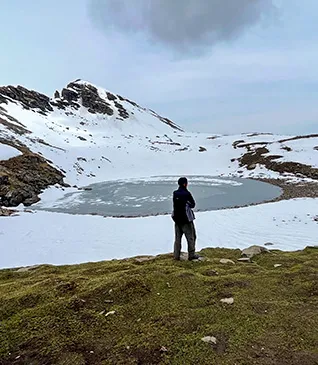
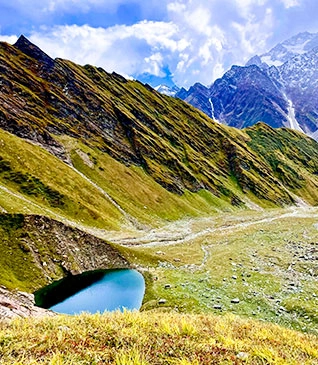
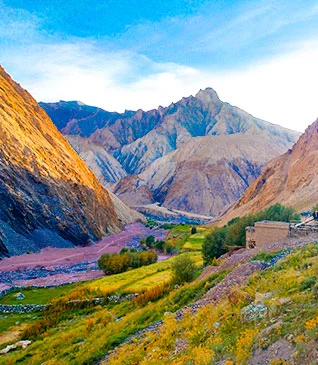
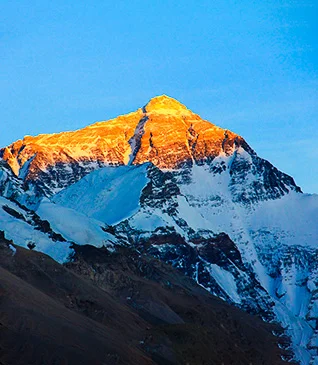
.webp)
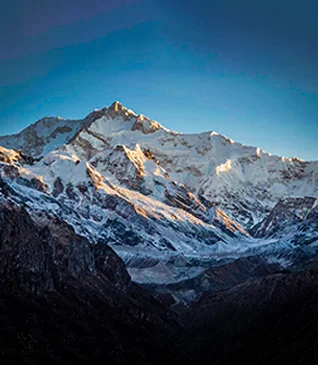
.webp)
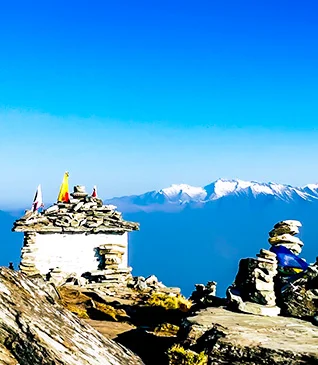
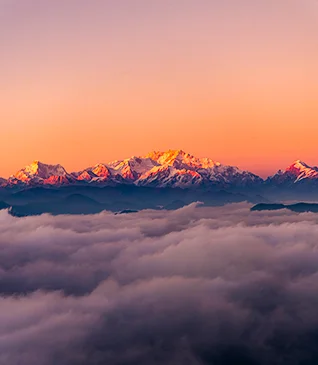
.webp)
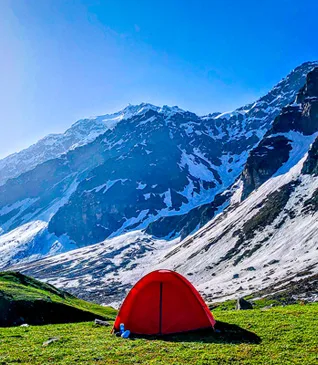
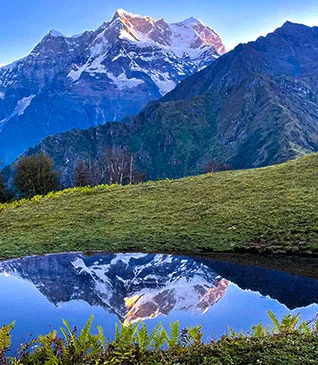
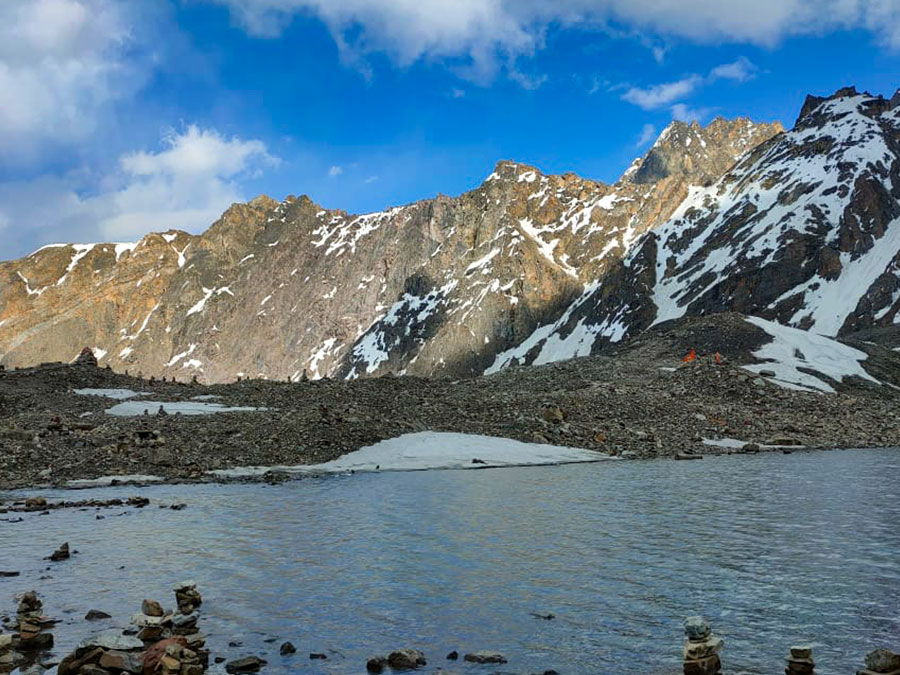

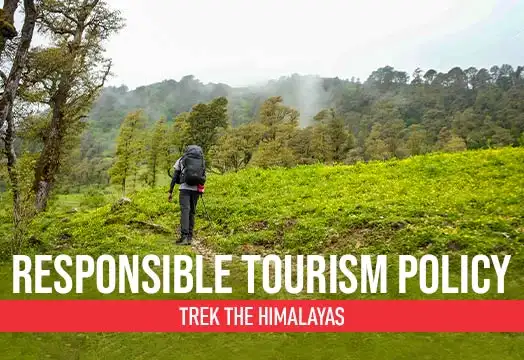
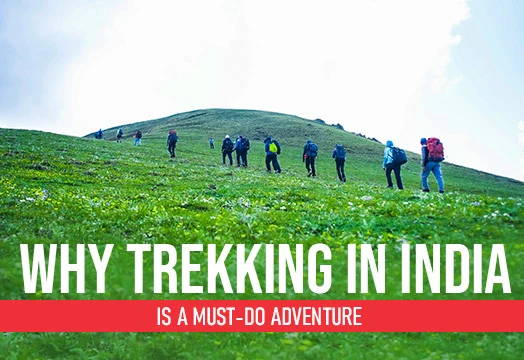
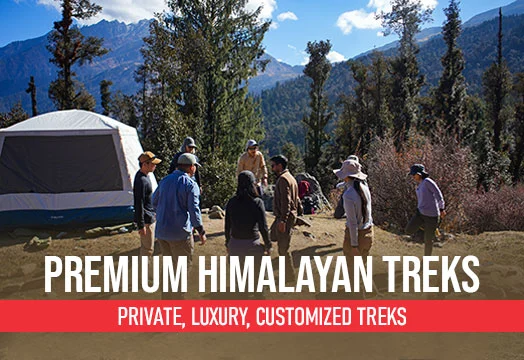
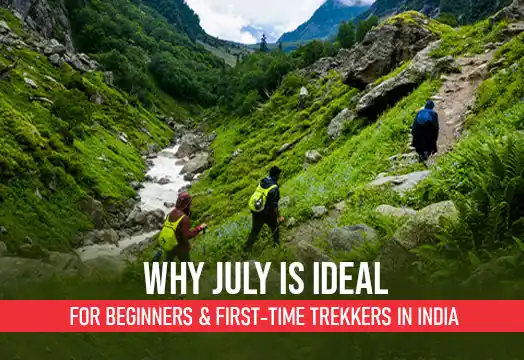
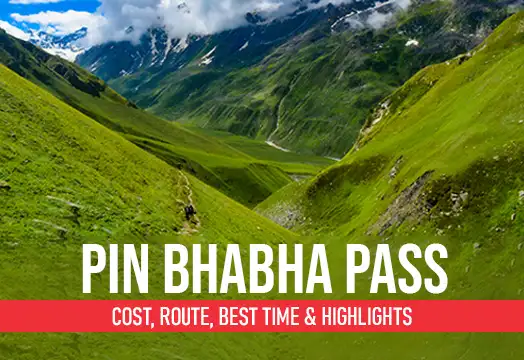
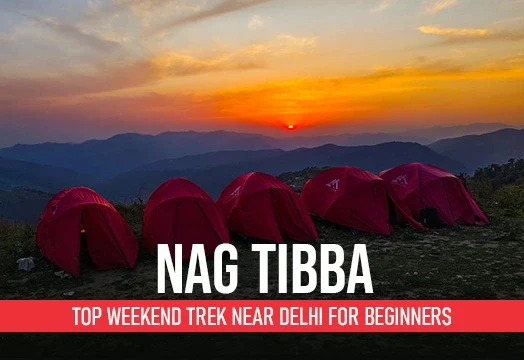
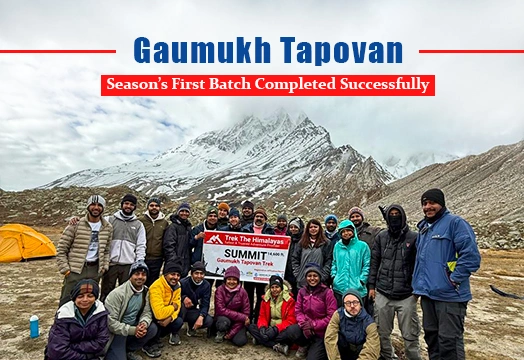
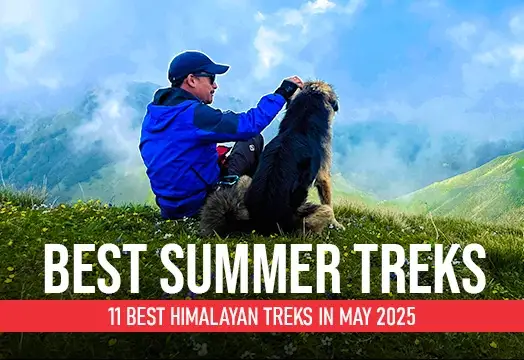
.webp)